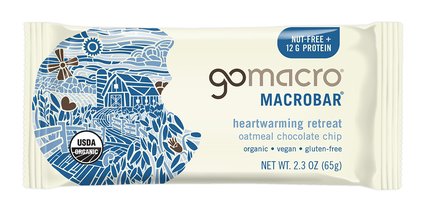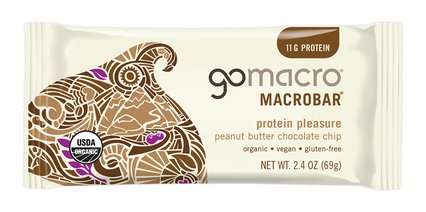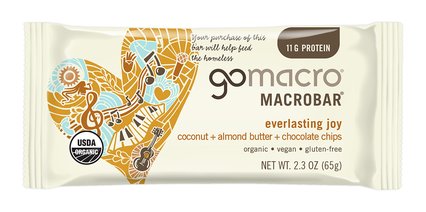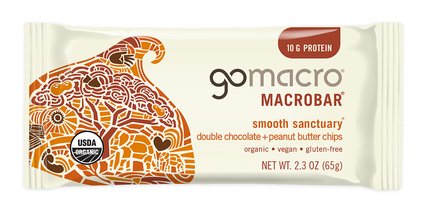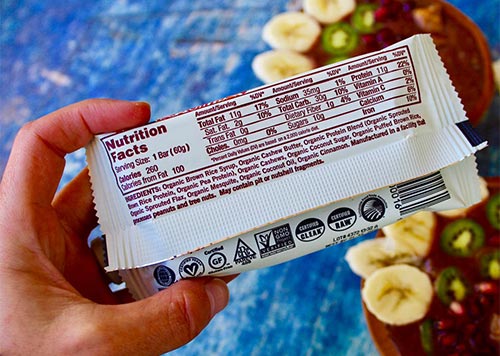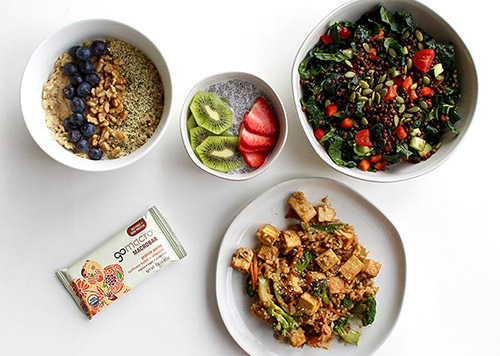Food Fraud: Is Your Food Deceiving You?
Natural. Organic. Gluten-Free. No artificial flavors. You see the labels on store shelves all the time, yet it’s sometimes difficult to know what you can trust as a consumer. Even more concerning are the things we can’t always see on a label – how the ingredients were sourced, what kind of testing has been done, and whether a product is safe and trustworthy.
Food fraud can range from seemingly mild ingredient substitutions to potentially dangerous adulteration that can have serious health consequences. No matter the severity, food fraud is a reminder of the importance of transparency and quality control in our food system.

What is Food Fraud?
As defined by the FDA, food fraud “occurs when someone intentionally leaves out, takes out, or substitutes a valuable ingredient or part of a food.” Also called economically motivated adulteration (EMA), this practice also occurs when someone adds a substance to a food to make it appear better or of greater value. In practice, this might look like substituting one ingredient for another, using an unapproved or undisclosed additive, misrepresenting the origin of a product, counterfeiting, or even knowingly distributing contaminated food to avoid the cost of correcting it.
While some of these fraudulent activities might seem relatively minor, such as diluting an expensive olive oil with cheap vegetable oil, they undermine consumer trust and are often illegal. In more serious cases, food fraud can lead to major health issues or even death. For example, a substituted ingredient that contains even a small amount of an allergen could have dire consequences for those with food allergies.
As the name suggests, EMA is usually financially motivated. Replacing all or part of an ingredient with a cheap substitute or bulking up a product with fillers like cellulose (a wood derivative) may help a company’s bottom line, but consumers are left to deal with the economic and health costs.
Some Examples of Food Fraud
There is a wide range of what constitutes food fraud – and a large gray area when it comes to practices that are misleading but not strictly illegal. Since the goal of food fraud is to make food pass for what it’s labeled as it can be extremely difficult for the average consumer to recognize. However, regulation and testing can help mitigate and identify cases of EMA.
Here are a few examples of true food fraud:
- In 2009, the former CEO of a peanut company was sent to prison for knowingly shipping salmonella-contaminated peanut butter across 46 states, marking the first federal food safety felony conviction in the US.
- Some honeys and maple syrups are represented as a pure product but are actually the real thing mixed with cheaper sweeteners like corn syrup or cane sugar.
- Expensive spices are often bulked up with other plant material, which, though mostly harmless, still constitutes fraud. However, undisclosed industrial dyes, which can cause adverse health problems, are also commonly used to make spices like chili powder and turmeric appear higher in quality.
- A more serious case of food fraud occurred in China when manufacturers added melamine to infant formula to make it seem like their products contained enough protein. News reports indicated this addition led to 300,000 illnesses and several deaths.
Here are a few examples of practices that aren’t technically “food fraud,” but consumers may still find misleading:
- “Natural” labels. With no certifications to back it up, this label means very little.
- "Made with...” labels. For a food label to say “made with organic ingredients,” regulations only require 70% organic ingredients. Similarly, the only whole grains in a cereal labeled “made with whole grains” could be whole grain GMO corn. These types of labels don’t necessarily speak to the health qualities of the food.
- Misleading marketing. For instance, a bottle of cranberry juice might say it’s 100% juice, but it could be mostly apple and grape juice, with very little cranberry. While the ingredient label is accurate, the ingredients may not align with the buyer’s assumptions.
- Calling out attributes such as “Non-GMO” when a product has no commercially available GMO counterpart, or “gluten-free” when a product naturally contains no gluten. While not outright fraud, these label call-outs are often used to make a product that may not actually be healthy seem like a cleaner option.
- Ingredient flexibility during COVID-19. In May 2020, the FDA began temporarily allowing food manufacturers to make small ingredient changes or omissions without having to make changes to the product’s label. While intended to reduce disruption due to supply chain issues, this means shoppers may not have full transparency into what they consume.
What is Food Integrity?
As a growing number of consumers look for more transparency around how their food is grown and produced, it’s become more important than ever to provide assurance about the safety, quality, and authenticity of food. Food integrity is about instilling trust through regulation, accurate labeling, testing, certifications, and traceability.
There are four key components to the food integrity matrix: food quality, food safety, food fraud, and food defense. Food quality includes elements that influence a product’s value, such as nutrition, health attributes, animal and employee welfare, and sustainability. Food safety includes unintentional hazards that can cause harm to consumers, such as foodborne pathogens, mold, contamination, or physical hazards. Food fraud, as mentioned above, is intentional adulteration of food carried out for economic gain, while food defense is meant to counteract activities carried out to intentionally inflict damage or danger.
To ensure food integrity, food companies need transparency down to the producer and supplier levels, as well as quality controls in place for the finished products. Testing, regulation, certifications, supplier vetting, and strong internal standards are all key to creating a product that consumers can trust.
How GoMacro Stays Committed to Food Integrity
At GoMacro we don’t compromise on quality. We have high standards and believe in feeling good about what we eat: how it tastes, how it’s made, and how it sustains the environment. From sourcing to food safety to quality, we take measures at every stage to ensure you get a product that meets the highest standards.
- All of our MacroBars, including 100% of their ingredients, are Certified Organic, Vegan, Gluten-Free, Kosher, Non-GMO, C.L.E.A.N., and Soy-Free. Select flavors are also Certified FODMAP Friendly.
- These certifications require testing and documentation. Information for each raw material and supplier is gathered, then finished goods are tested to ensure they meet certification standards. Once we receive approval, we continue to have annual certification audits.
- We develop close, long-term relationships with our highly vetted suppliers. For example, our maple supplier is located just 25 miles from our facility, and we’ve personally visited our almond growers in Italy.
- Our in-house food lab conducts daily tests on every batch of MacroBars, including testing for foodborne pathogens, aerobic bacteria, yeasts and molds, pH, water activity, moisture, texture, pressure testing (to ensure the package is hermetically sealed), and even taste testing!
- We have not made any changes to our MacroBar formulations related to COVID-19.
Food quality has a direct impact on our health, happiness, and well-being, and transparency is integral to ensuring you understand what you’re eating. Read labels closely, especially ingredient lists, and shop from local food producers as much as possible. The more you get to know your food, the more connected and confident you’ll feel about fueling your body well!
